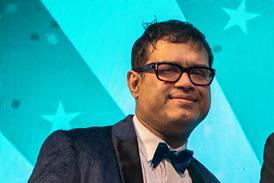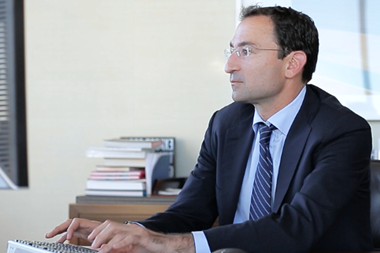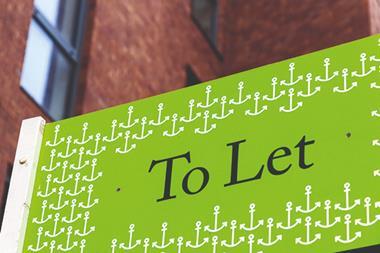Generational diversity has become an essential aspect of the modern workplace and an often-discussed aspect of diversity and inclusion. With Baby Boomers, Generation X, Millennials, and Generation Z all working side by side, it is crucial for to implement workplace strategies that foster collaboration and understanding among these diverse age groups.

To effectively harness the benefits of generational diversity, it is crucial to understand the characteristics that define each generation. Baby Boomers, born between 1946 and 1964, often value experience and face-to-face interactions.
Generation X, born between 1965 and 1980, tend to appreciate a balanced approach, valuing both traditional methods and emerging technologies. Millennials, born between 1981 and 1996, are known for their tech-savviness and desire for meaningful work.
Lastly, Generation Z, born after 1996, are digital natives who bring fresh perspectives and innovative ideas to the table.
Adapting to generational diversity is hugely challenging for all organisations, but it brings so much opportunity and certain strategies can help, especially when leading large teams with multi-generational diversity.
Effective communication lies at the heart of successful teamwork, especially in a multi-generational setting. Managers should encourage open dialogue, listen to employees and provide clear instructions to ensure everyone is on the same page.
Recognising and respecting diverse communication styles is key. For instance, Baby Boomers may prefer face-to-face meetings, while Millennials and Generation Z may lean towards digital platforms. This may feel like polar opposites to manage, but understanding the communication needs of team members is time very well spent.
In the fast-paced world of real estate, it’s crucial to find a balance between modern technology and traditional approaches. While digital tools streamline processes, traditional methods like networking events and in-person meetings still hold immense value.
Some team members will be energised by the pace of change, while others find comfort in the stauts quo. Teams should be encouraged to leverage the power of both worlds, catering to the preferences and strengths of each generation.
Mentorship programmes provide a structured way to bridge generational gaps and facilitate knowledge transfer. Pairing experienced agents with younger, tech-savvy counterparts can lead to mutual learning and a more cohesive team that helps break down some of the generational stereotypes that exist.
These programmes not only enhance skill development, but also promote a sense of camaraderie and unity among team members. This can also allow for the gathering of insight on key trends and shared experiences of successful and long careers.
In a rapidly evolving real estate landscape, embracing generational diversity isn’t just a matter of inclusivity, it’s a strategic advantage. By understanding the unique strengths and preferences of each generation, firms can create a dynamic and adaptable team that excels in meeting the diverse needs of clients.
By integrating the wisdom of Baby Boomers, the versatility of Generation X, the tech-savvy nature of Millennials, and the innovation of Generation Z, we can navigate the complexities of today’s real estate market with confidence and competence.
The real estate industry stands to gain immeasurably from the rich tapestry of skills and experiences that generational diversity brings. It’s not about fitting everyone into the same mould, but rather about creating an environment where each generation’s unique strengths are valued and utilised. By doing so, we can unlock new levels of success in this ever-evolving industry.
James Brandon is diversity, equity and inclusion manager at CBRE
































No comments yet